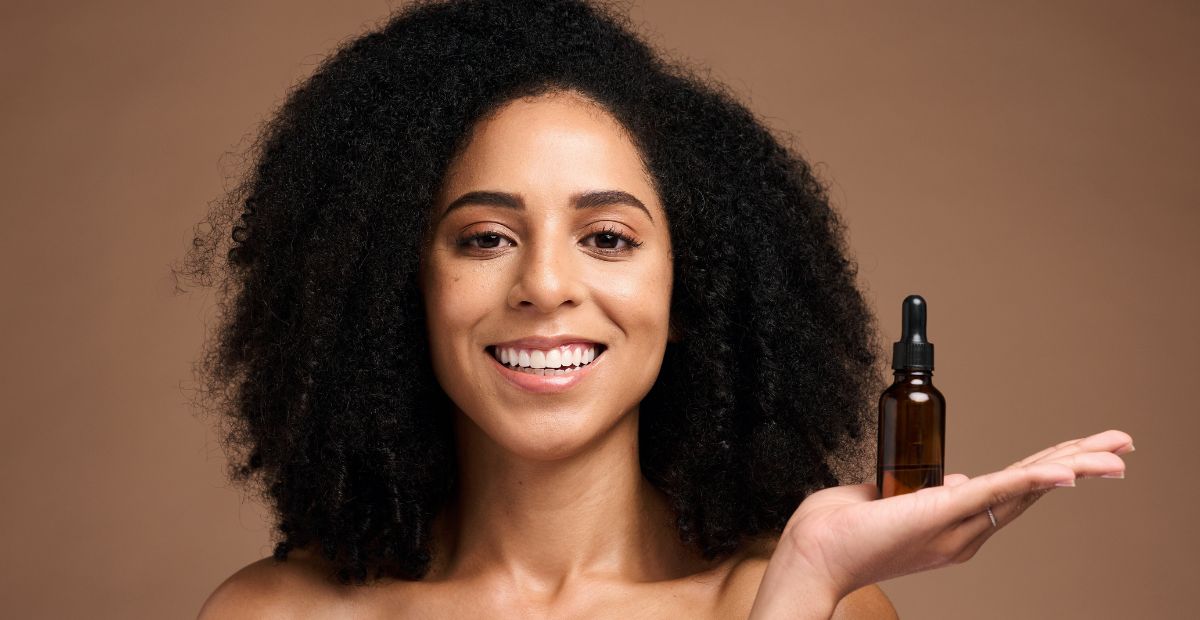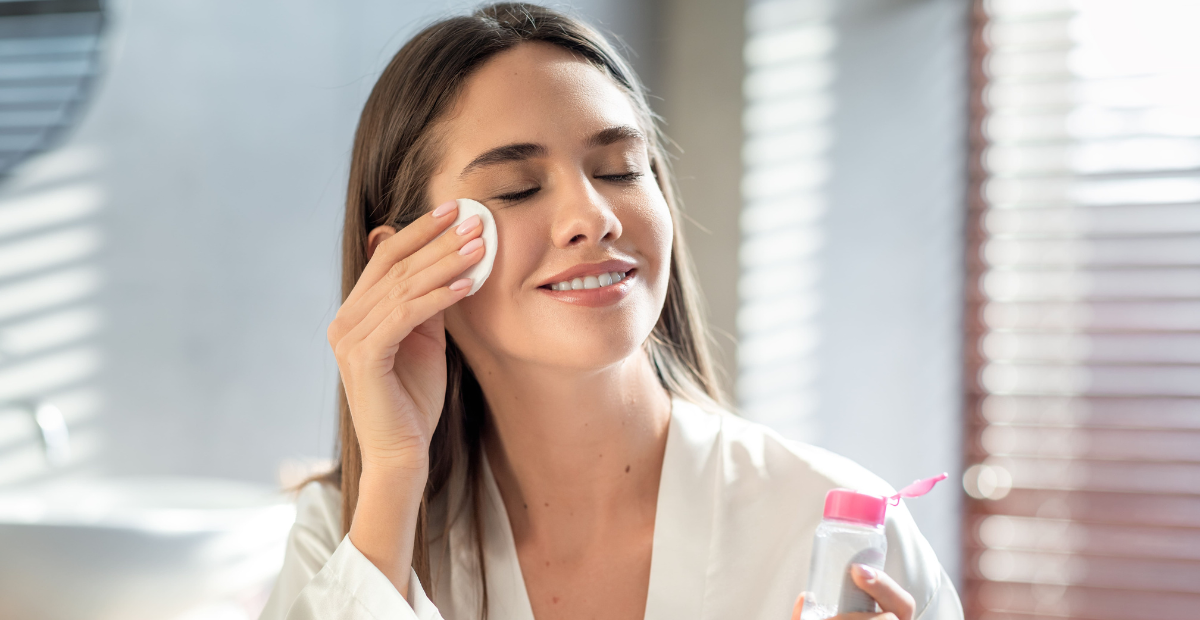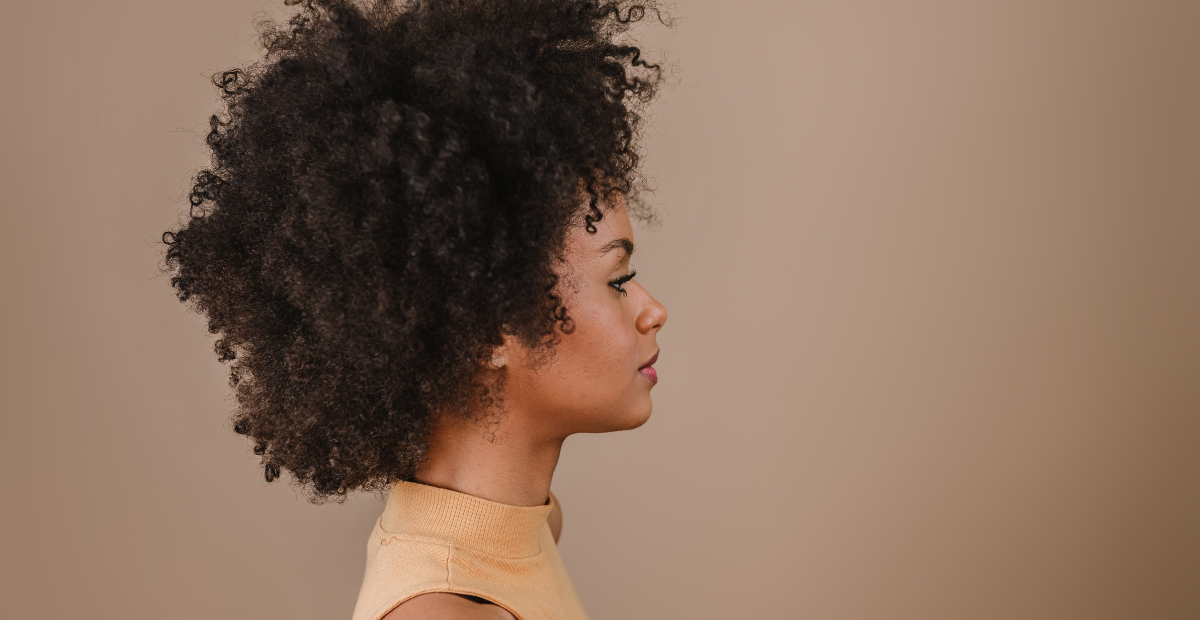Hot vs. Cold Showers: How to Find Your Perfect Temperature
Onskin Content Team
Your guides through the skincare chaos
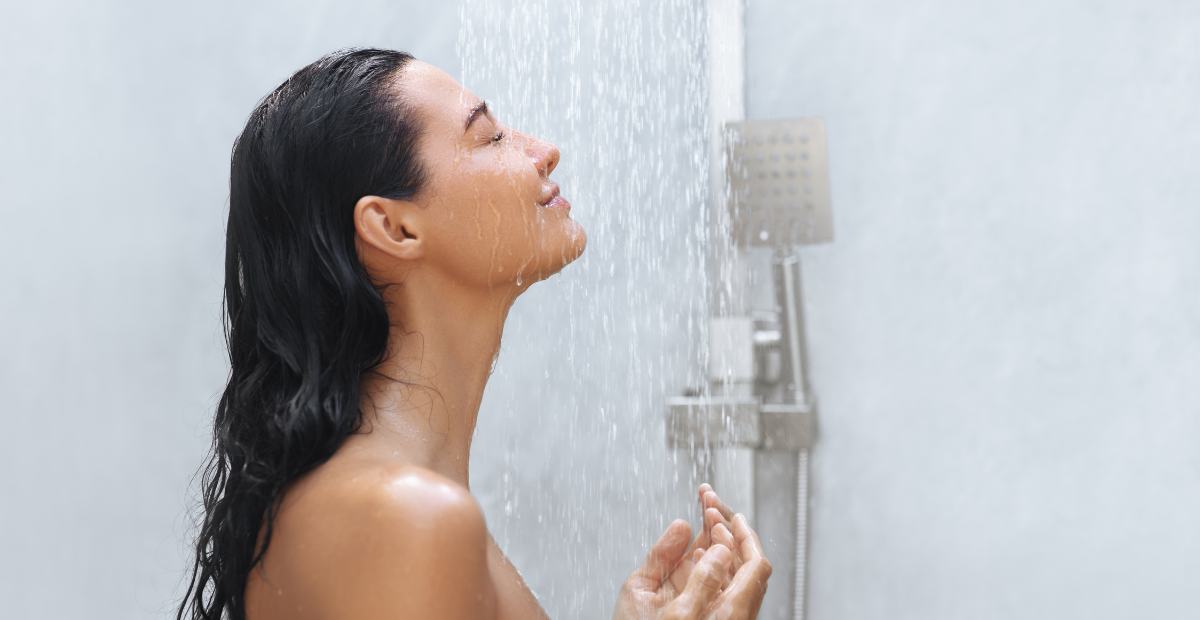
Splashing your face with cold water in the morning after way too few hours of sleep is a known remedy to feel instantly awake, and it works like a charm every time. The same applies to your whole body if you’re one of the (few) people who enjoy taking cold showers regularly.
But what does standing under cool water for some time do for your body? What about hot water? Are cold showers better than hot showers, or is it the other way around?
Let’s find out the best temperature for you in five easy steps.
Step 1. Understand how temperature affects your body
The first thing to keep in mind is that different water temperatures interact differently with your body. Hot showers (above 98.6°F/37°C) cause blood vessels to dilate, increasing blood flow to the skin’s surface. In contrast, cold showers (below 70°F/21°C) make blood vessels constrict, redirecting circulation inward.

And let’s not forget about warm showers (between 85–98°F/29–37°C), which provide a middle ground. If all you want is to get clean, relax, and maybe contemplate your life after a long day, a warm shower will do the job without putting unnecessary stress on your body.
Step 2. Learn the benefits of hot showers
If you prefer your showers a little warmer than the average person, here are three things to consider before making hot showers a part of your daily routine.
Deep cleansing
Hot showers are very effective at deeply cleansing your skin. The heat allows for more effective removal of dirt, oil, and impurities. You might already know that if you’ve ever tried washing your hands in cold water! It’s much harder to achieve the same level of cleanliness as with warm water and soap.
However, this deep cleansing comes with potential downsides. Hotter temperature allows water to strip natural oils faster, potentially leading to dryness. If you’re dealing with eczema or rosacea, this can cause temporary redness and irritation. In that case, we recommend limiting hot showers to 5–10 minutes and using a moisturizing lotion immediately after.
Muscle relaxation
The benefits of hot showers extend beyond skin care. Numerous studies confirm that heat therapy is effective in managing delayed onset muscle soreness (the stiffness you get after a strenuous exercise). So, if you’ve overdone it recently at the gym, taking a hot shower can help your muscles relax and recover.
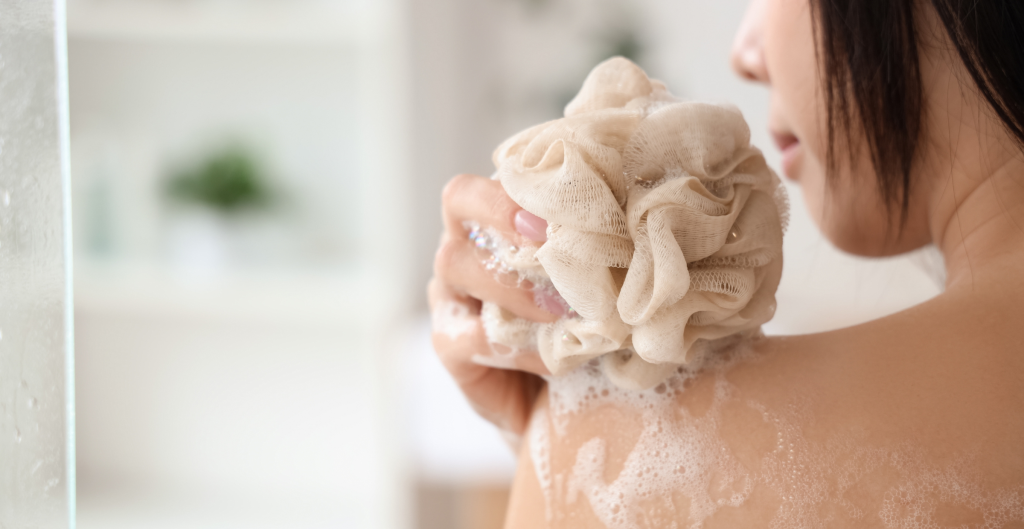
Easy sleep
Few things feel better than hopping into a hot shower after a long day of work and never-ending social responsibilities. If you shower 1–2 hours before sleep, it can not only help you relax and relieve the tension but also potentially improve the quality of your sleep!
Additionally, a pre-bedtime hot shower can help you fall asleep faster. So, if you’ve been tossing and turning a lot lately, a warm shower might be just what you need.
Please remember that it’s better to discuss any long-term sleep issues with your doctor!
Step 3. Know the pros and cons of cold showers
There are hundreds of articles on the internet about the miraculous properties of cold showers. However, many of those claims are unsubstantiated, and even more are irrelevant to your day-to-day life.
Let’s focus on the benefits and potential drawbacks you should know about.
Skin texture
Let’s start here: cold showers offer completely different but equally valuable benefits. You know how most skincare experts advise against regularly washing your face with hot water to avoid drying out your skin? Well, the same applies to the rest of your body.
While hot water is more effective at washing off grime, cool water can help minimize the appearance of pores and make you look refreshed. Keeping your showers lukewarm or at least not scorchingly hot is also the best option for those with sensitive skin.
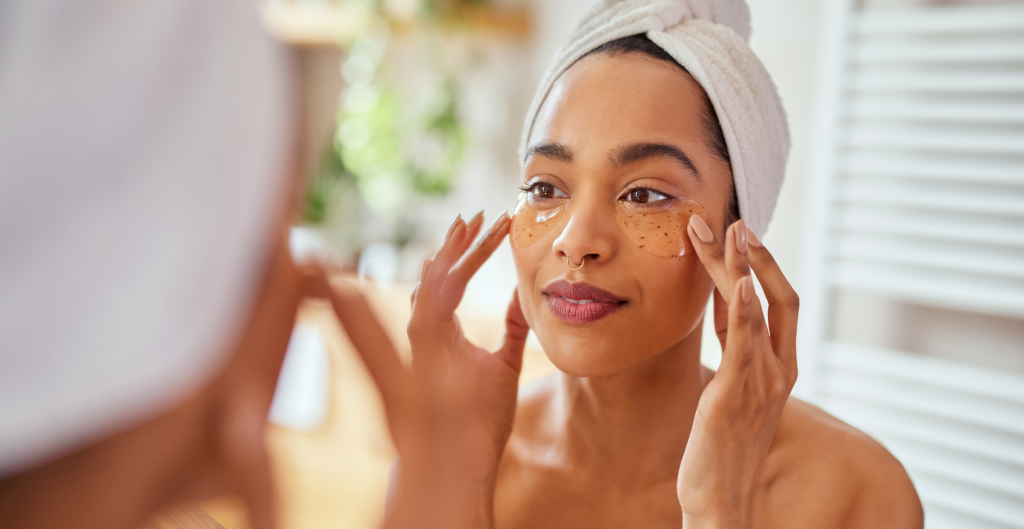
Hair health
When it comes to hair health, cool showers take the win. Cold water flattens the hair cuticle, which increases shine and reduces frizz and breakage. And you don’t even need Antarctica-cold temperatures to reap those benefits!
The easiest way is to use the cold rinse method. Wash your hair as usual with warm or lukewarm water, and after you’ve washed off the product, finish with a cold rinse.
Another thing: if you dye your hair, cool water will help the color last longer between your hair salon visits.
Muscle soreness
So, is a cold shower after a workout a good idea? While there is some evidence that cold showers reduce muscle soreness post-workout, it’s important not to go overboard with the extreme temperatures.
Remember that an ice-cold shower is a shock to your body, especially your cardiovascular system. We recommend starting with lukewarm showers or adding half a minute to a minute of cold rinses at the end of your regular shower routine for the first couple of days, and then gradually increasing the time spent under cool water.
If you’re older or have a pre-existing heart condition, please tread carefully and discuss any drastic changes to your routine with your doctor!
Step 4. Pick and choose what works best
Remember, you don’t have to stick to one or the other. Both hot and cold showers have their uses, and you can benefit from both.
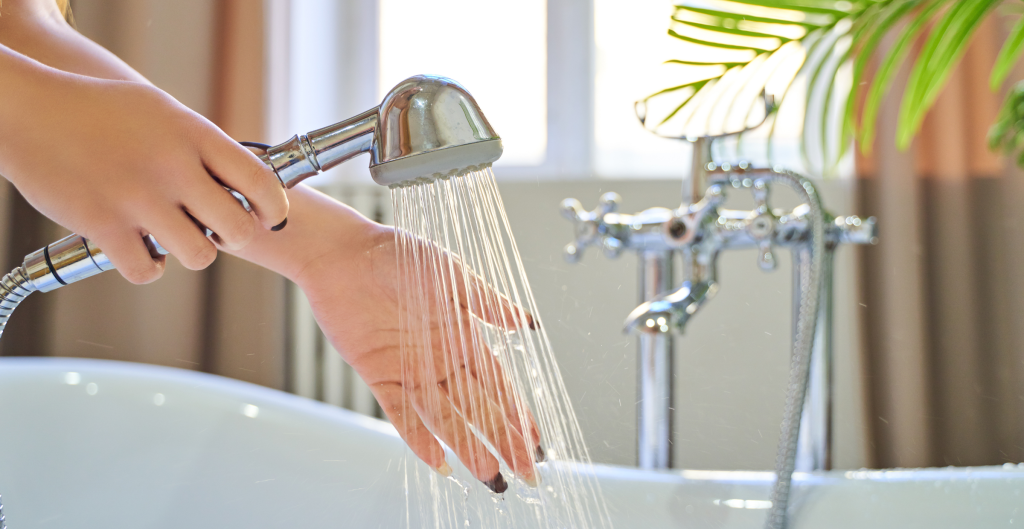
For relaxation, before bed to promote sleepiness, after workouts focused on flexibility (e.g., yoga, Pilates), when experiencing muscle tension or stiffness, or during cold weather to warm yourself up, hot showers are typically the better choice.
Choose cold or lukewarm showers for your morning wake-up routine, after strength training (be mindful of the temperature shock!), when dealing with skin inflammation like eczema, after dyeing or chemically treating hair, or during hot weather to cool down.
Step 5. Filter out misinformation
There’s a ton of misinformation about, well, everything on the internet, and a home remedy for seemingly every health issue under the sun. Let’s quickly go through common myths and misconceptions about cold and hot showers, so you don’t waste your time expecting miracles from the smallest changes to your routine.
Myth 1. Cold showers burn fat
Taking cold showers won’t give you a snatched waist, nor will it help you lose a couple of extra pounds. The myth that cold showers burn significant calories is just that—a myth—and the evidence shows that the caloric impact is minimal.
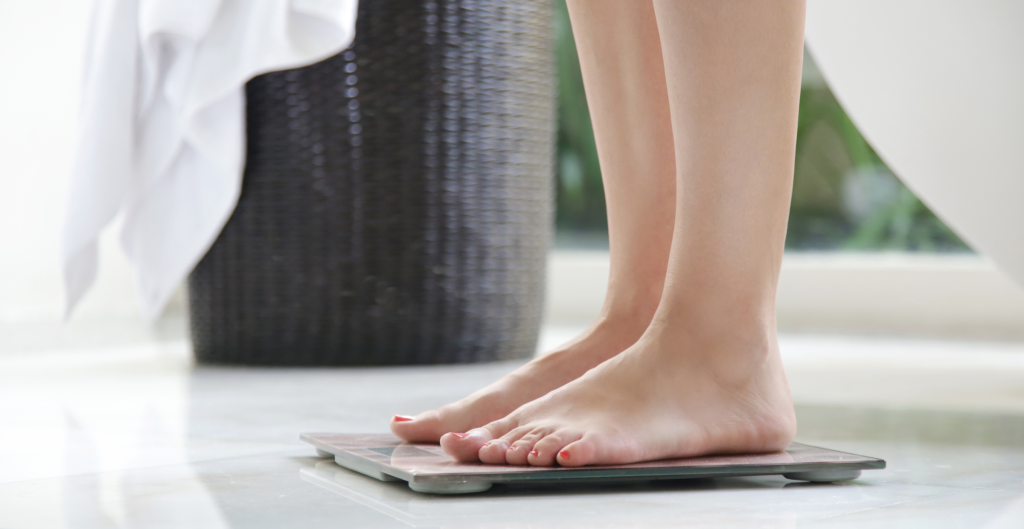
Myth 2. Hot showers harm your skin
Another common misconception is that hot showers can cause permanent skin damage. In reality, moderate heat with proper moisturizing causes no long-term harm.
Myth 3. You must stick to one
Many people also mistakenly believe they must choose one temperature exclusively. Nope! As we’ve discussed earlier, most people would benefit from taking both cold and hot showers strategically.
Final Thoughts
Rather than viewing hot vs cold showers as an either/or choice, the most effective approach combines both in a way that works for you.
Use hot showers for relaxation and tension relief, choose cold showers for energy, recovery, and skin/hair benefits. Always moisturize after hot showers and protect hair with cool rinses. Remember that small adjustments (like ending your regular warm showers with 30 seconds of cold) can provide benefits without extreme discomfort.
Everyone is different! Pay attention to your body, choose temperatures that feel best for you, and make sure that your skincare products complement your routine.
FAQ
-
Where do I start with OnSkin?
Download the app and think of a product you’d like to know more about. Then, go to the main screen and choose how you’d like to get the info —by manually looking it up in the search bar, by scanning its barcode, or by simply taking a picture of the packaging. Once you’ve done any of these, you can see how safe the product is and if it suits your skin or hair (if this analysis is available).
-
What is Safety Rating, and how is it calculated?
In OnSkin, we base product rates on ingredients. Each is closely studied by our medical team and then evaluated. This way, each product gets a score from 0 to 100, with 100 as the safest level.
Safety Levels
- Excellent (76–100)
- Good (51–75)
- Not great (26–50)
- Bad (0–25)
These scores are backed by the latest scientific studies. You can find links to the resources we’ve used on each ingredient page. To assess the safety of product ingredients, we evaluate them according to the following parameters/criteria
- Endocrine disruption risk / Reproductive toxicity
Indicates the probability of mimicking, blocking, or interfering with the body hormones.
- Сarcinogenicity
Measures the potential risk of inducing cancer.
- Allergy risk
Estimates the probability of an allergic reaction.
- High concentration alert
Determines the risk of being unsafe in certain amounts.
-
What is Skin Match?
Based on the info you input about your skin type, age, skin care goal, and other “settings,” OnSkin checks how well a product is tailored to your unique skin needs — it’s basically like a dermatologist helping you find the right products, minus the fees and the long wait. The product you’re checking might be labeled as It’s a match!, Hit-or-miss, or Not a match for you. The app also detects ingredient groups such as Anti-acne, Anti-inflammatory, Moisturizes, May be drying, Comedogenic, and others — by tapping one, you see exactly what ingredients from this or that group are in the product.
-
I seem to have a problem with using the app. Who should I contact?
Please reach out to us at [email protected], and we’ll carefully look into your issue. Your ideas for improving the app are also very welcome!
-
Do you have an Android version?
Not yet! Hey Android users, we hear you, and we're thinking about making an Android version, but we haven't started the development yet.
Tracker Sent!
It’s on the way to your inbox.


